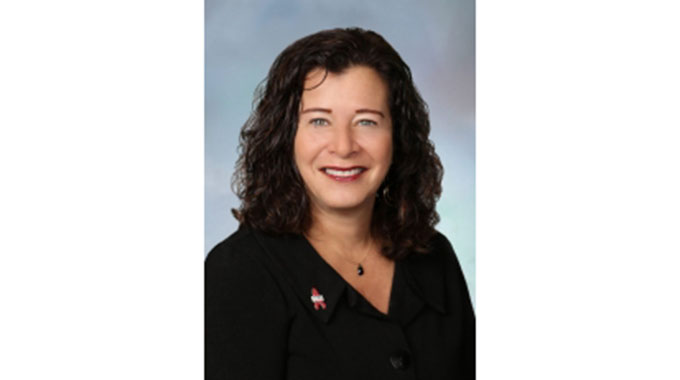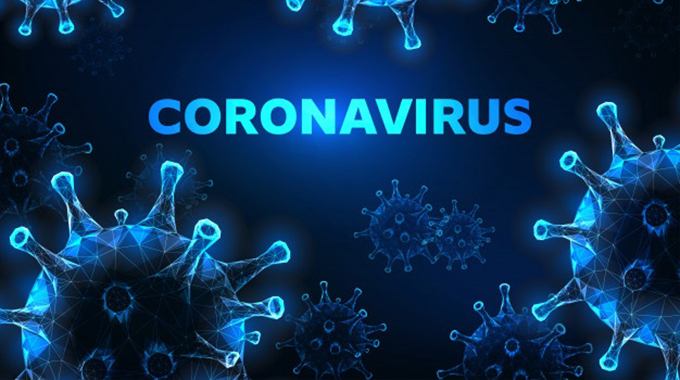IPM pursuing regulatory approvals for the dapivirine ring’s use in eastern and southern Africa

Roselyne Sachiti Roselyne Sachiti Features, Health and Society Editor
• Hopes to receive first African country approvals as soon as mid-2021 and to begin making the ring available in some countries later this year.
• The WHO is expected to include its recommendation for the ring in updated ARV treatment and prevention guidelines, which many countries use to develop their own policy and programmatic guidelines.
Non- profit International Partnership for Microbicides (IPM) says it is pursuing regulatory approvals for the dapivirine ring’s use in eastern and southern Africa (ESAR) Region, where the need is particularly urgent. This follows Tuesday’s recommendation by the World Health Organization (WHO) that the monthly dapivirine ring may be offered as an additional prevention choice for women at substantial risk of HIV infection.
IPM said given current timelines, they hope to receive first African country approvals as soon as mid-2021 and to begin making the ring available in some countries later this year.
IPM said it is also applying for regulatory approval from the US Food and Drug Administration.
The WHO’s recommendation supports expanding the prevention portfolio with the first long-acting option that a woman could control herself and use discreetly to reduce her HIV risk during vaginal sex, pending regulatory approvals for the product.
“The WHO’s recommendation for the dapivirine ring is a critical step toward introducing this woman-controlled option as part of a comprehensive HIV prevention strategy, pending country approvals,” said Dr Zeda F. Rosenberg, founder and chief executive officer of IPM, which developed the dapivirine ring and is the product’s regulatory sponsor.
“IPM is committed to working with the WHO and other partners to ensure that women have the information and support they need to make informed choices about their sexual and reproductive health.”
Women bear a disproportionate burden of the global HIV/AIDS epidemic, with nearly 60 percent of new adult infections in sub-Saharan Africa occurring among women.
Expanding women’s options so that they can choose the method that best meets their individual needs—whether systemic or non-systemic, long-acting, daily or on-demand—is essential to controlling the HIV/AIDS epidemic.

Anna Sango
A young Zimbabwean HIV advocate, Anna Sango said most exciting is having a tool that is for women and girls, that allows them to take control of their health in preventing HIV.
“This is empowering and good thing for young women and adolescent girls’ health. For Zimbabwean women it means the responsible authorities need to ensure there is equitable access to this prevention tool for all women including Those in marginalised settings and there is an investment in educating and informing communities of this tool for women and girls,” she said.

Loyce Maturu
Another young Zimbabwean woman Loyce Maturu and advocacy officer for Africaid-Zvandiri said: “It’s quite an exciting phase as now we know that adolescents girls and young women have options to make better choices about their own health. With the depivirine vaginal ring we can safely say that no more new HIV infections among adolescent girls and young women as we no longer want any young women to be infected and having to go through stigma and having to carry the burden of taking medication daily.”
Made of flexible silicone, the ring slowly releases the antiretroviral (ARV) drug dapivirine in the vagina, with minimal absorption elsewhere in the body. Women insert the product and replace it every month.
The WHO’s recommendation was based on a systematic review and meta-analysis of available scientific evidence on the ring, including results of two large Phase III studies supported by data from two subsequent open-label extension studies. The agency recommended the ring as a complementary prevention method in addition to other safer sex practices, and which could be offered alongside daily oral PrEP as a choice for women who do not want to or are unable to take a daily oral ARV pill.
The WHO is expected to include its recommendation for the ring in updated ARV treatment and prevention guidelines, which many countries use to develop their own policy and programmatic guidelines.
IPM further said Tuesday’s news follows a positive scientific opinion from the European Medicines Agency under Article 58 for the ring’s use among cisgender women ages 18 and older in July 2020, and the addition of the ring to WHO’s list of prequalified medicines in November 2020.
IPM said it is also working with a global network of partners across sectors to plan for the ring’s potential rollout, including efforts to address additional research and implementation considerations outlined by the WHO Guideline Development Group.
These include:The REACH study underway among adolescent girls and young women to collect additional safety data on the ring and PrEP, and to gain insights into product preferences and adherence support strategies, led by the US National Institutes of Health-funded Microbicide Trials Network (MTN)
• Studies underway to assess the safety of the ring and PrEP among pregnant women (DELIVER) and breastfeeding women and their infants (B-PROTECTED), both led by MTN
• Planning for a study to collect additional data on the ring’s efficacy and use among young women• Market introduction planning, including end-user and healthcare provider research development of demand creation and provider training materials, procurement and supply chain readiness, and additional cost-effectiveness research











Comments